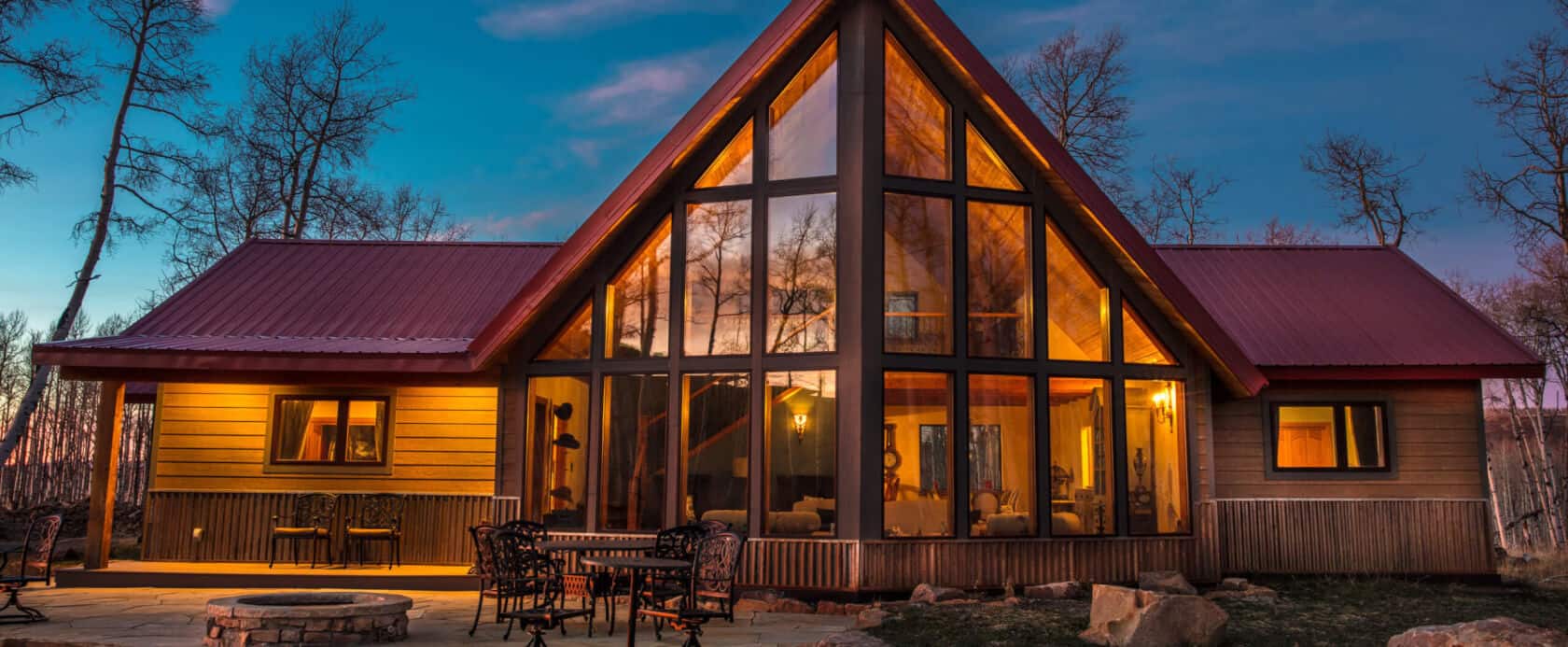As we all become more aware of our impact on the world, is it time we changed the way we look at where we live with net zero homes?
The landmark Paris Convention was signed in 2015 and came into effect in 2016.
This agreement signed by most countries is a pledge to deal with global warming.
The critical endeavour went through major hiccups due to the absurdity of one individual and his followers in the years just gone by.
Now that the aftereffects are being dealt with, hopefully all will be back on track.
While combating climate change is the responsibility of the governments at the macro level, each individual also remains morally bound to do the best she/he can for those living on the planet, especially the young who must live in a healthy environment during the years to come and for the future generations.
There is recycling, using pollution free vehicles, reducing the use of aerosols or even reducing the consumption of meat that is within reach of all of us.
The one thing that is not what everyone can afford are net zero homes.
Changing Cultures
However, given that the business culture is changing, ironically thanks to Covid, and many of us now work out of our homes, turning homes to net zero or close to zero, especially for those living in the suburbs and away from major cities becomes feasible since a fair percentage doesn’t live in apartments.
The energy consumed for building and operating offices and residences accounts for approximately 40 percent of the carbon dioxide emissions on a worldwide basis according to the United Nations Environment Programme.
Energy costs will continue to rise with each passing year and this can also be an incentive for moving towards net zero homes which produce as much energy as they consume and based on available statistics they can be up to 80% more energy efficient compared with homes that are built to conventional standards.
Most of the responsible governments offer subsidies for achieving such homes.
A net zero home will make as much electricity as it will consume over the course of one year.
So in theory, any energy your house is taking from the electrical grid will be returned.
That’s the good part.
High Costs
The deterrent is the upfront costs since it’s not just about buying an array of solar panels with the expectation that the job will be done.
Now how does one go about achieving net zero homes?
Check for all the subsidies that are available to you in your country for better insulation, equipment such as heat pumps, solar panels, wind turbines etc. and plan in stages unless you have deep pockets.
First and foremost look for those heating pipes in your basement and attic that are exposed. Steel wool claddings are sold at affordable prices. Use this to cover the pipes.
This little exercise in itself will bring down your energy consumption by a few percentage points.
It really does not merit a mention that all electric bulbs must be changed to LED since most of us do it anyway.
The same goes for outdated heavy consumption appliances.
Then comes the insulating of the walls and the roof of your house. This will bring down the consumption of energy by several percentage points and will dampen external noises.
Make sure there is no leakage of air. Old windows are usually the culprits. Replace outdated windows with triple glazed ones.
Do away with the furnaces that use dirty fuel and spit out toxic fumes. Energy efficient heat pumps have been on the market for several years and the prices have come down significantly.
Finally it’s time to plan the generation of your own electricity.
Generation Game
Photovoltaics are greatly cheaper now and over the next one year the competition on solar films that adhere to your existing roof tiles is going to build up. This would obviously further bring down costs.
In the northern hemisphere, the best efficiency you will get out of photovoltaics will be if your house is oriented towards the south or the south west.
If you do not have adequate sunlight due the location of your house, you may have to consider the more expensive option of a small wind turbine.
Depending upon the breeze or wind resources where you live you can choose a small wind electric system for your needs.
Once all of the above has been done, a near perfect or a perfect equilibrium can be obtained.
In most countries you will achieve the payback of your installation within seven to eight years by way of energy costs that you will have saved.
As for the apartment buildings in cities, the new ones can be planned with the initiative of the architects and the builders for low energy or net zero consumption.
This can only come with a get-up-and-go attitude from the governments.
About existing apartment structures being retrofitted, well, that can only happen with the apartment owners associations coming together.
A proposition that’s a lot more difficult than it sounds.
Photo: Shutterstock
From net zero homes to homesickness:
Support us!
All your donations will be used to pay the magazine’s journalists and to support the ongoing costs of maintaining the site.
Share this post
Interested in co-operating with us?
We are open to co-operation from writers and businesses alike. You can reach us on our email at [email protected]/[email protected] and we will get back to you as quick as we can.










